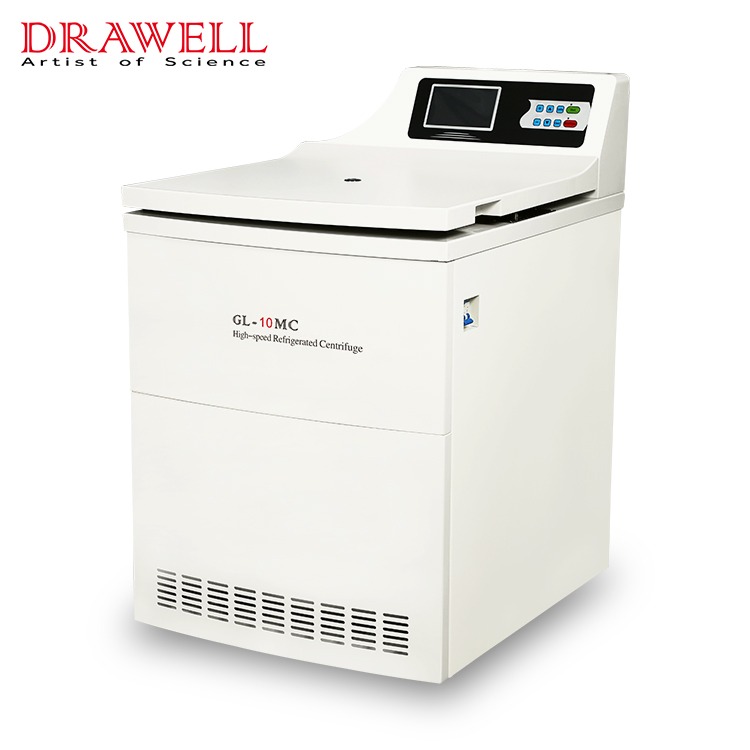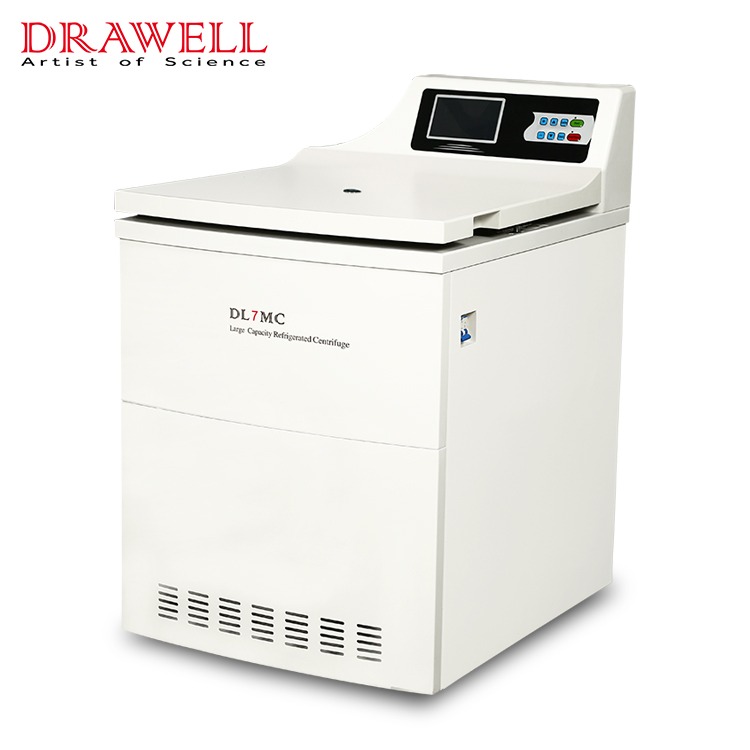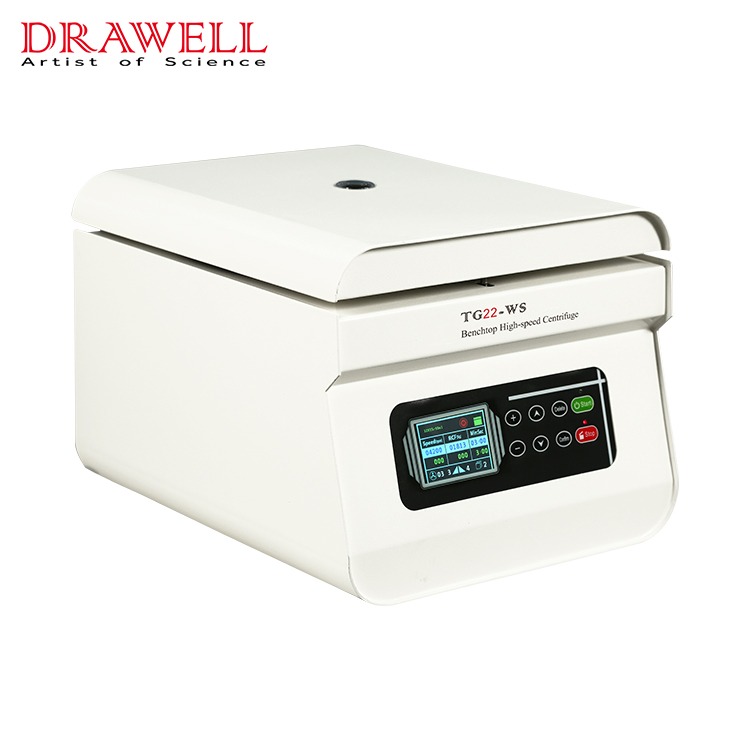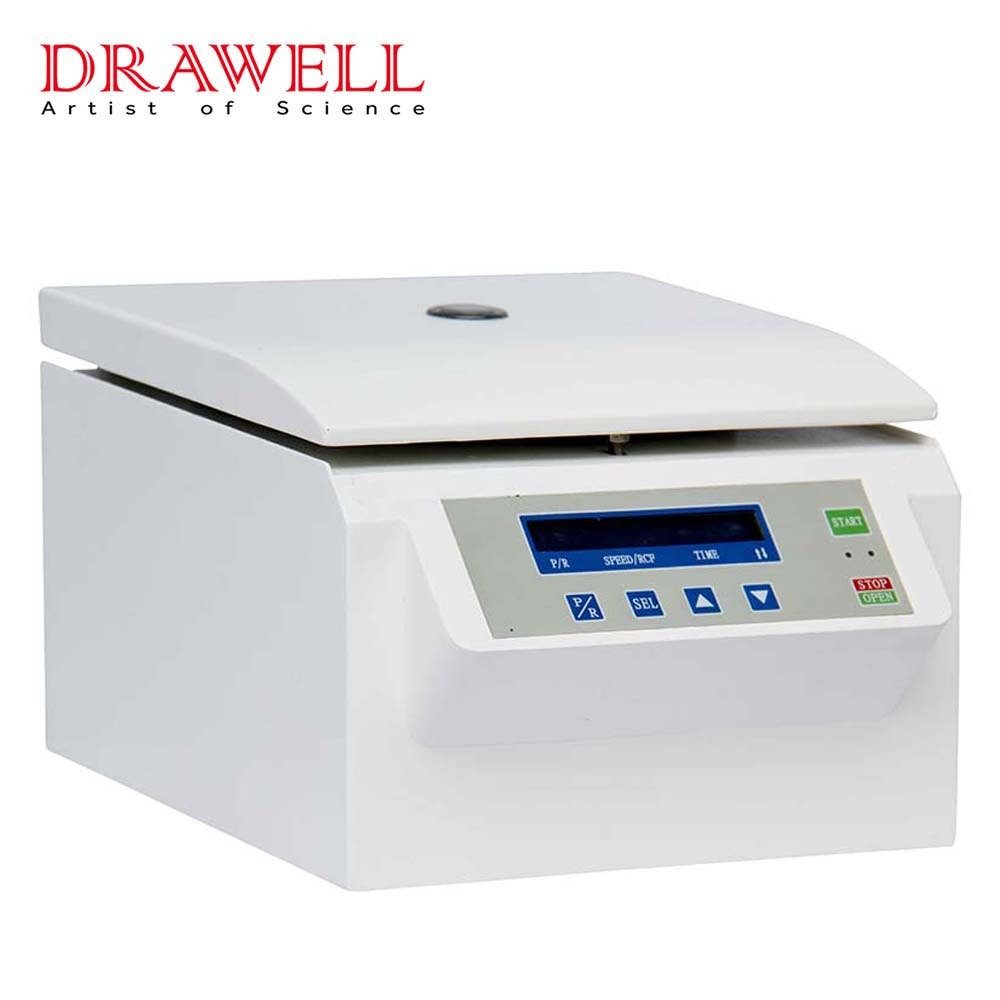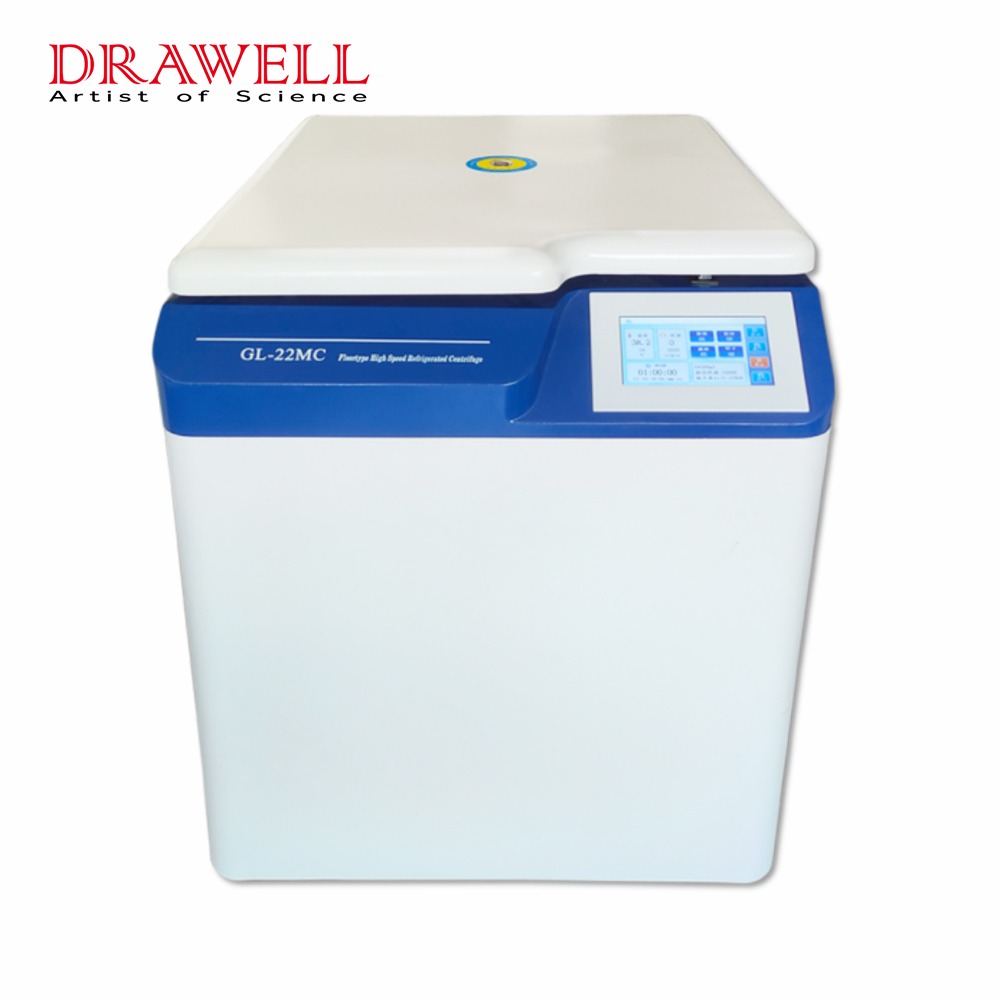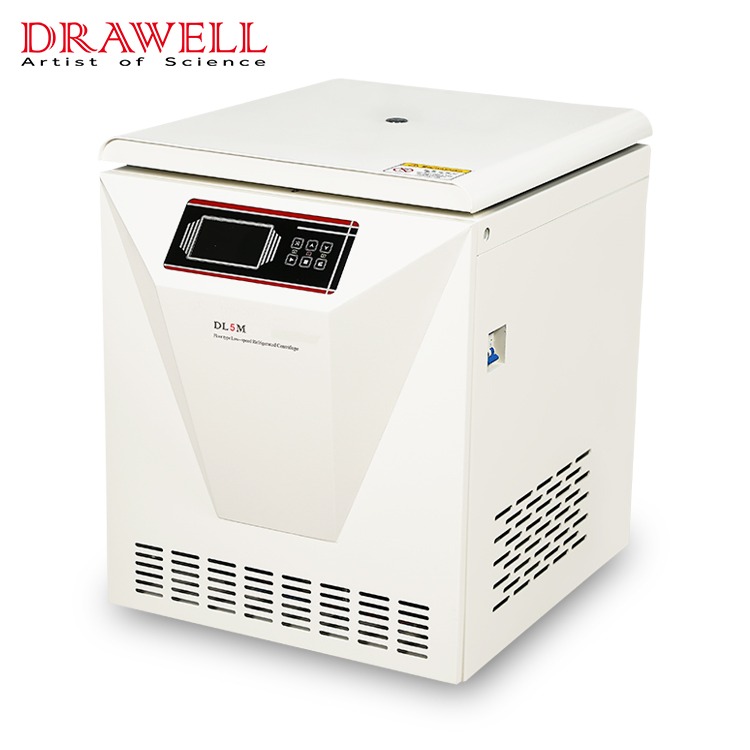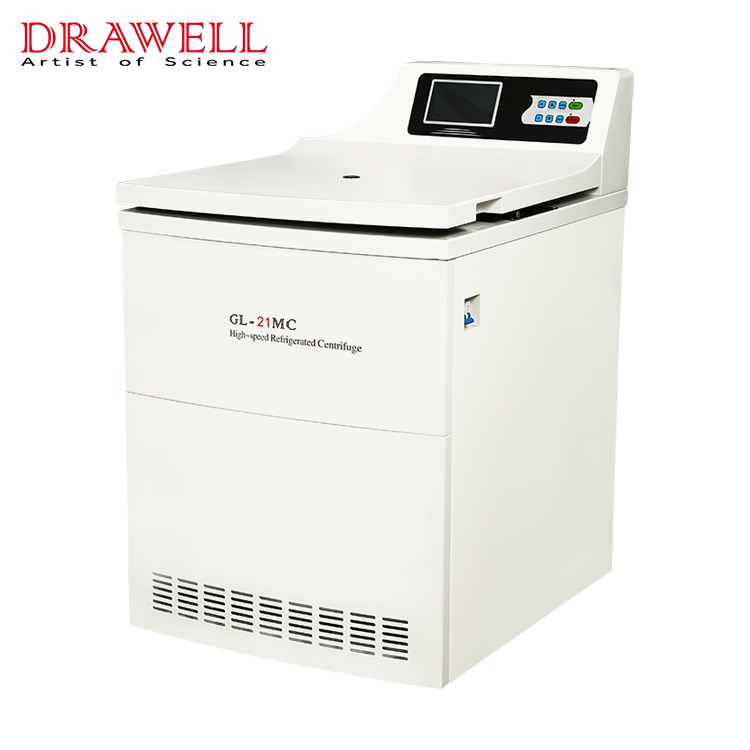The landscape of laboratory technology is being reshaped by the advent of automation and seamless workflow integration, particularly in the realm of high-speed centrifuges. These advancements are not only enhancing the efficiency and accuracy of laboratory operations but also significantly boosting productivity. This article explores the benefits and impact of seamless integrating automated high-speed centrifuges with laboratory workflows.
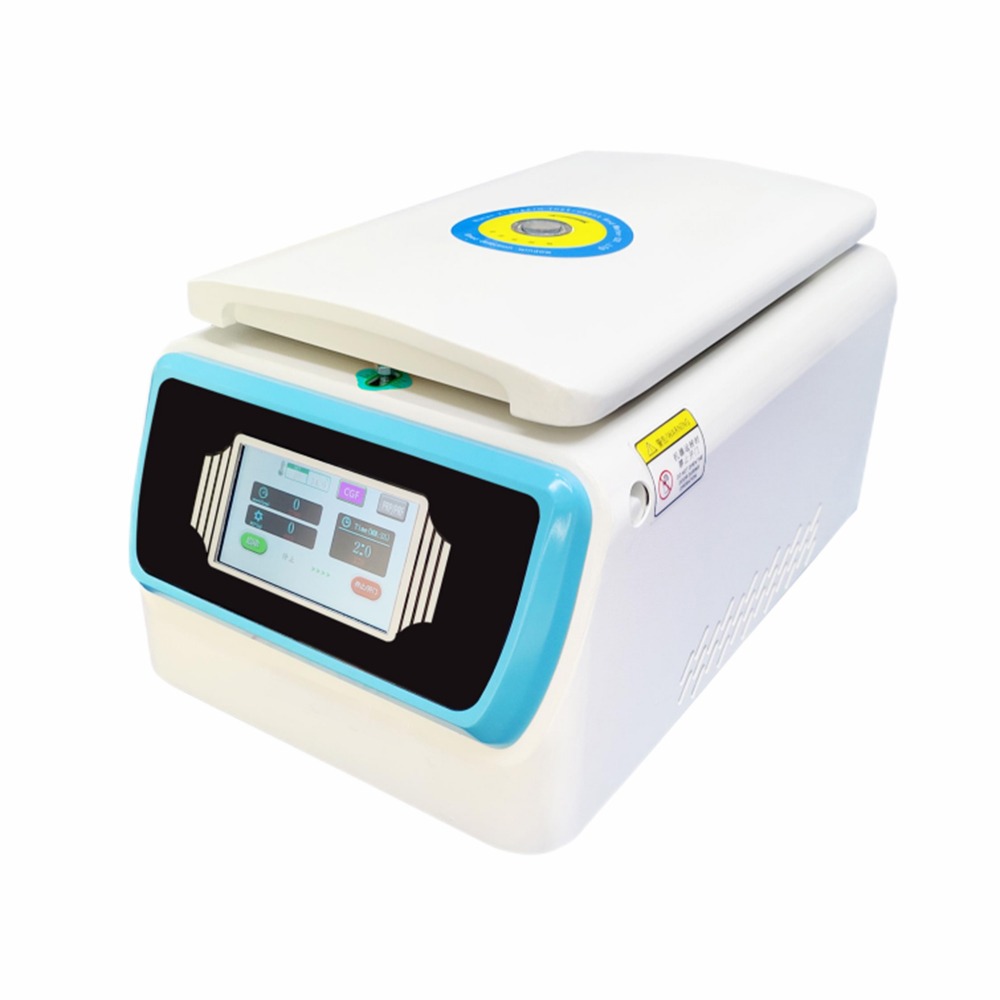
The Role of High-speed Centrifuges
High-speed centrifuges are essential in various scientific and medical fields, including molecular biology, biochemistry, and clinical diagnostics. They are used to separate components of complex mixtures based on density by spinning samples at high speeds. This separation is crucial for processes such as DNA extraction, protein purification, and cell fractionation. The efficiency and accuracy of these processes are paramount, which is where automation and seamless workflow integration come into play.
Automation in High-speed Centrifuges
1. Automated Sample Handling
Automation in sample handling involves the use of robotic arms and automated systems to load and unload samples into the centrifuge. This reduces the risk of human error and contamination, ensuring that the samples remain intact and uncontaminated throughout the process.
2. Process Optimization and Control
Advanced software algorithms are employed to optimize centrifugation protocols. These algorithms can adjust parameters such as speed, time, and temperature in real-time to achieve optimal separation of components. This ensures that the centrifugation process is tailored to the specific requirements of each sample type.
3. Automated Data Management
Automation facilitates the seamless recording, storage, and analysis of data generated during the centrifugation process. Integrated data management systems ensure that all relevant data is accurately captured and easily accessible for future analysis, promoting better traceability and reproducibility of results.
4. Predictive Maintenance
Automated systems can monitor the performance and condition of centrifuges in real-time. By analyzing data on usage patterns and wear and tear, these systems can predict when maintenance is needed, preventing unexpected breakdowns and minimizing downtime.

How to Use Automated High-speed Centrifuges Efficiently in Laboratory Workflows?
1. Choosing the Right Equipment
- Compatibility: Ensure the centrifuge is compatible with existing lab equipment and software.
- Automation Features: Look for centrifuges with advanced automation capabilities, such as programmable protocols, remote monitoring, and automatic balancing.
2. Software Integration
- LIMS Integration: Integrate the centrifuge with a Laboratory Information Management System (LIMS) to streamline data collection and analysis.
- Custom Software Solutions: Develop or use custom software that can communicate with the centrifuge and other lab instruments to automate workflows.
3. Standardizing Protocols
- Protocol Templates: Create standardized centrifugation protocols to ensure consistency across different users and experiments.
- SOPs: Develop Standard Operating Procedures (SOPs) that outline the steps for using the centrifuge, including setup, operation, and maintenance.
4. Training and Support
- User Training: Provide comprehensive training for all users on the operation and maintenance of the centrifuge.
- Technical Support: Ensure that technical support is readily available to troubleshoot and resolve any issues.
5. Data Management
- Data Logging: Implement systems for automatic data logging to capture all relevant information from centrifuge runs.
- Data Analysis: Use software tools to analyze data and generate reports, facilitating decision-making and record-keeping.
6. Maintenance and Calibration
- Regular Maintenance: Schedule regular maintenance to ensure the centrifuge operates reliably and accurately.
- Calibration: Perform regular calibration checks to maintain accuracy and performance.
7. Safety Considerations
- Safety Protocols: Establish and enforce safety protocols to protect users and samples.
- Emergency Procedures: Develop and communicate emergency procedures in case of centrifuge failure or other issues.
8. Workflow Optimization
- Workflow Mapping: Map out current workflows to identify bottlenecks and areas for improvement.
- Automation Integration: Integrate the centrifuge into automated workflows where possible, such as sample preparation and handling.
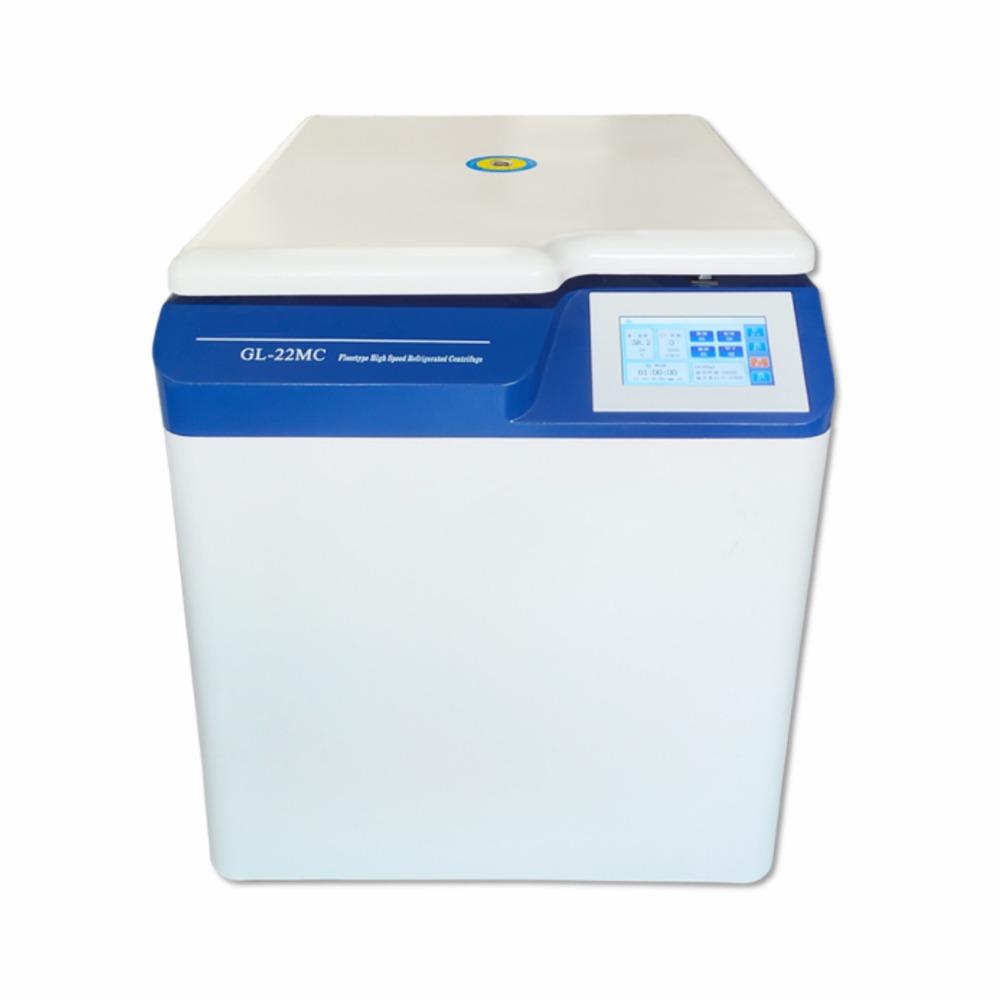
Benefits of Using Automated High-Speed Centrifuges Efficiently in Laboratory Workflows
1. Increased Throughput
Automated high-speed centrifuges can process a large number of samples in a shorter amount of time compared to manual methods. This increases the throughput of the laboratory, allowing more experiments and analyses to be conducted within the same timeframe. Automation speeds up the centrifugation process, enabling faster turnaround times for experiments and analyses.
2. Enhanced Accuracy and Consistency
Automation reduces the risk of human error associated with manual handling and operation. Consistent handling ensures reliable and reproducible results. Automated systems follow predefined protocols precisely, ensuring that every run is performed under the same conditions. This consistency is critical for obtaining accurate results.
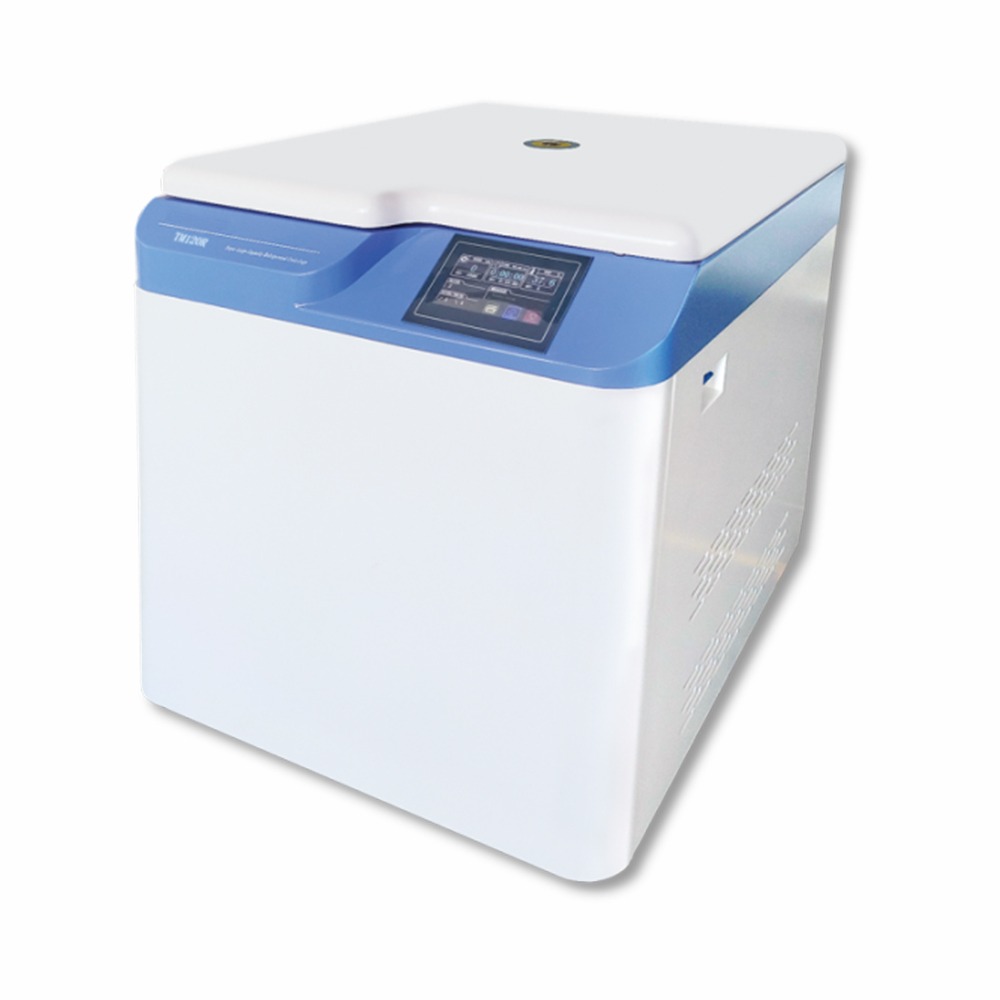
3. Improved Efficiency
Integrating full automatic centrifuges with other laboratory systems and workflows eliminates bottlenecks and manual handoffs. This streamlining leads to more efficient operations. Automation allows laboratory personnel to focus on more complex tasks, optimizing the use of human resources. Automated systems handle routine and repetitive tasks, freeing up staff for higher-value activities.
4. Better Data Management
Integrated systems automatically collect and store data from centrifugation processes in a centralized database. This facilitates easy access, retrieval, and analysis of data. Automated data logging ensures comprehensive records of each run, improving traceability and compliance with regulatory requirements.
5. Cost Savings
Automation reduces the need for manual labor, leading to significant cost savings. Fewer personnel are required to manage routine tasks, and resources can be reallocated to more critical functions. Predictive maintenance systems can monitor the condition of centrifuges and predict when maintenance is required. This reduces unexpected breakdowns and minimizes downtime, further saving costs.
6. Improved Safety
Automated systems can handle hazardous or infectious samples, reducing the risk of exposure for laboratory staff. This enhances the overall safety of the laboratory environment. Automation reduces the physical strain on laboratory personnel, who would otherwise have to manually handle and operate the centrifuges.
7. Scalability
Integrated automated systems can easily scale to meet increasing workloads. This scalability is particularly beneficial for growing laboratories that need to handle more samples without compromising on efficiency or accuracy. Investing in automated systems positions laboratories to adopt future technological advancements more easily, ensuring they remain at the cutting edge of scientific research and clinical diagnostics.
8. Enhanced Collaboration and Communication
Seamless integration of centrifuges with other laboratory equipment and information management systems fosters better collaboration and communication among different laboratory departments. Integration with IoT technologies enables real-time monitoring and control of centrifuge operations. This facilitates immediate adjustments and ensures optimal performance at all times.
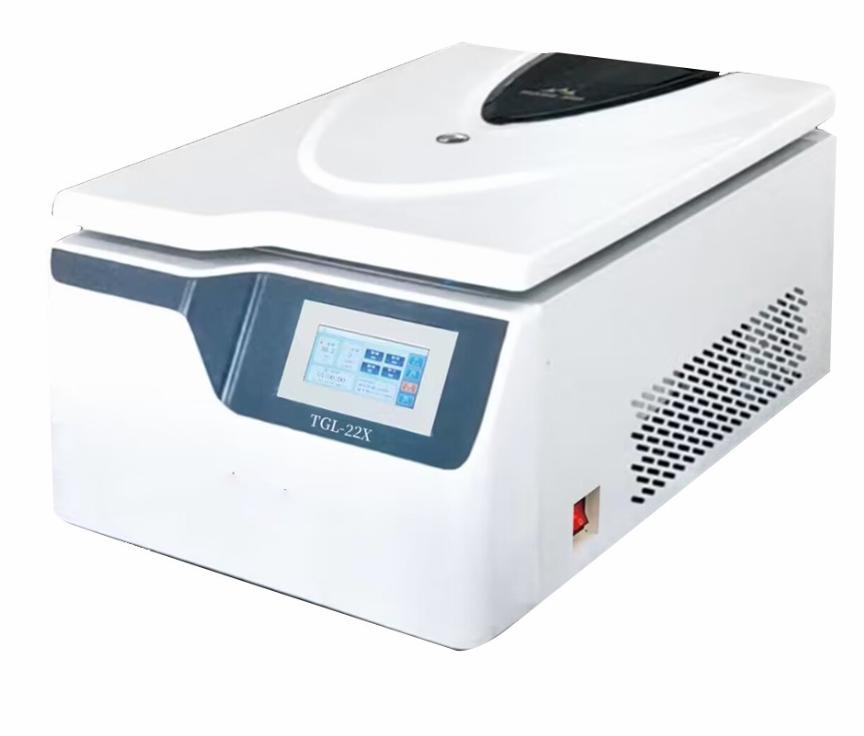
Applications of Efficiently Using Automated High-Speed Centrifuges in Laboratory Workflows
| Field | Application | Benefits |
| Clinical Diagnostics | Blood Sample Processing | Quick and accurate separation of blood components, crucial for timely diagnosis and treatment. |
| Urine Analysis | Efficient processing of urine samples for detecting infections, kidney disorders, and more. | |
| Diagnostic Testing | Reliable preparation of samples for various diagnostic assays and tests. | |
| Pharmaceutical Research | Drug Discovery | High-throughput screening to identify potential drug candidates faster. |
| Compound Purification | Efficient purification of chemical compounds and active pharmaceutical ingredients. | |
| Formulation Development | Precise separation and analysis of formulations for stability and efficacy testing. | |
| Biotechnology | Genetic Engineering | Rapid separation of nucleic acids, proteins, and cells for genetic modification and analysis. |
| Protein Purification | High-efficiency purification of recombinant proteins and antibodies. | |
| Cell Culture | Consistent preparation and fractionation of cell cultures for research and bioprocessing. | |
| Environmental Science | Water Quality Testing | Accurate separation of contaminants from water samples for environmental monitoring. |
| Soil Analysis | Efficient extraction and separation of organic and inorganic components in soil samples. | |
| Pollution Control | Rapid analysis of air and water pollutants to assess environmental impact. | |
| Food and Beverage Industry | Quality Control | Efficient separation and analysis of food and beverage samples to ensure quality and safety. |
| Nutrient Analysis | Precise determination of nutrient content in food products. | |
| Contaminant Detection | Reliable detection of contaminants and adulterants in food and beverages. | |
| Forensic Science | DNA Analysis | Rapid separation and purification of DNA from forensic samples for identification purposes. |
| Toxicology | Efficient separation of toxins and drugs from biological samples for forensic analysis. | |
| Evidence Processing | Reliable preparation of various forensic samples for comprehensive analysis. | |
| Veterinary Medicine | Veterinary Diagnostics | Quick processing of blood and tissue samples for diagnosing animal diseases. |
| Biomarker Discovery | Efficient separation and analysis of biomarkers in veterinary research. | |
| Therapeutic Research | Reliable preparation of samples for developing veterinary treatments and vaccines. |
Conclusion
Seamlessly integrating automated high-speed centrifuges with laboratory workflows is transforming laboratory operations. These advancements enhance efficiency, accuracy, and safety, driving scientific research and clinical diagnostics forward.

